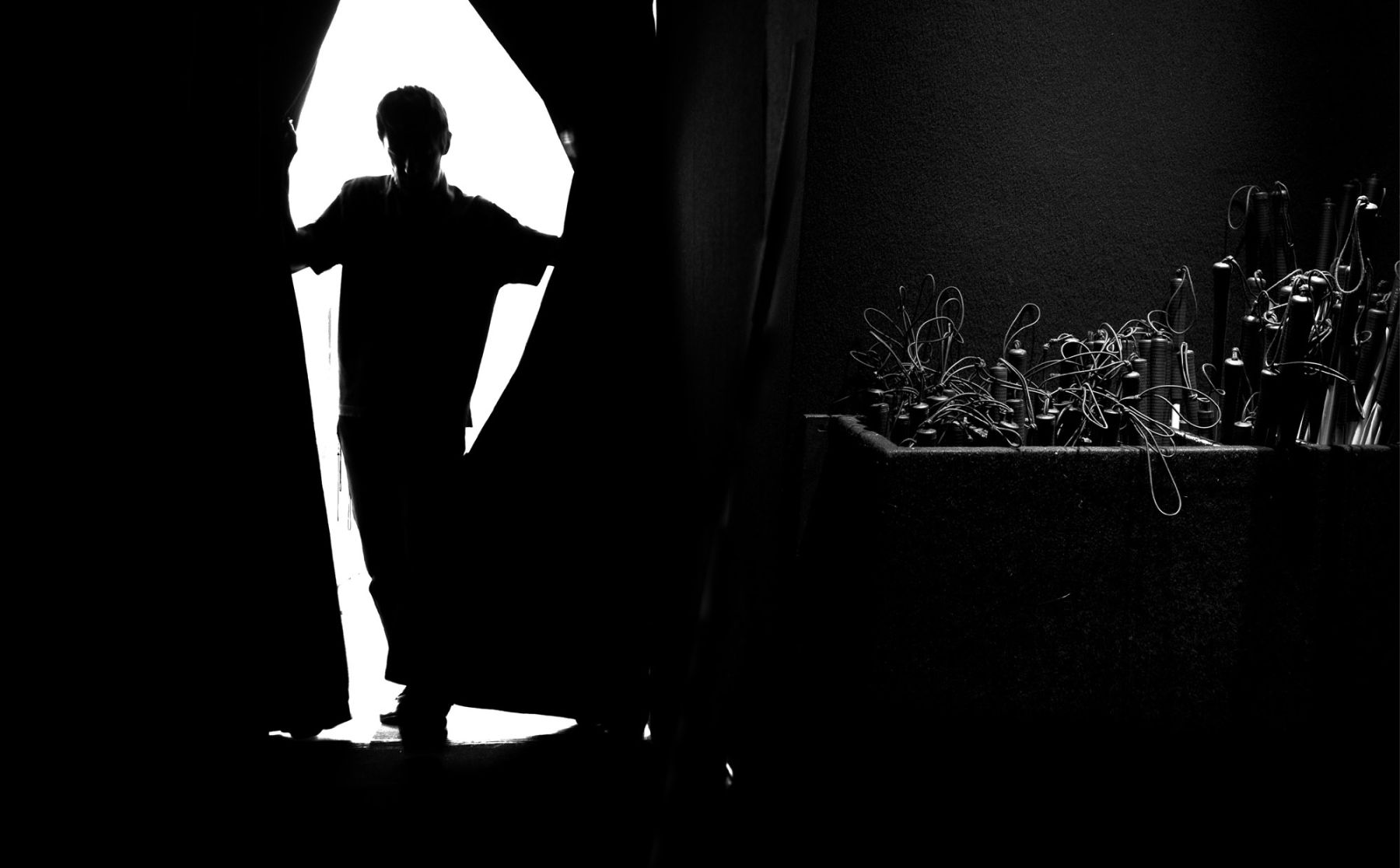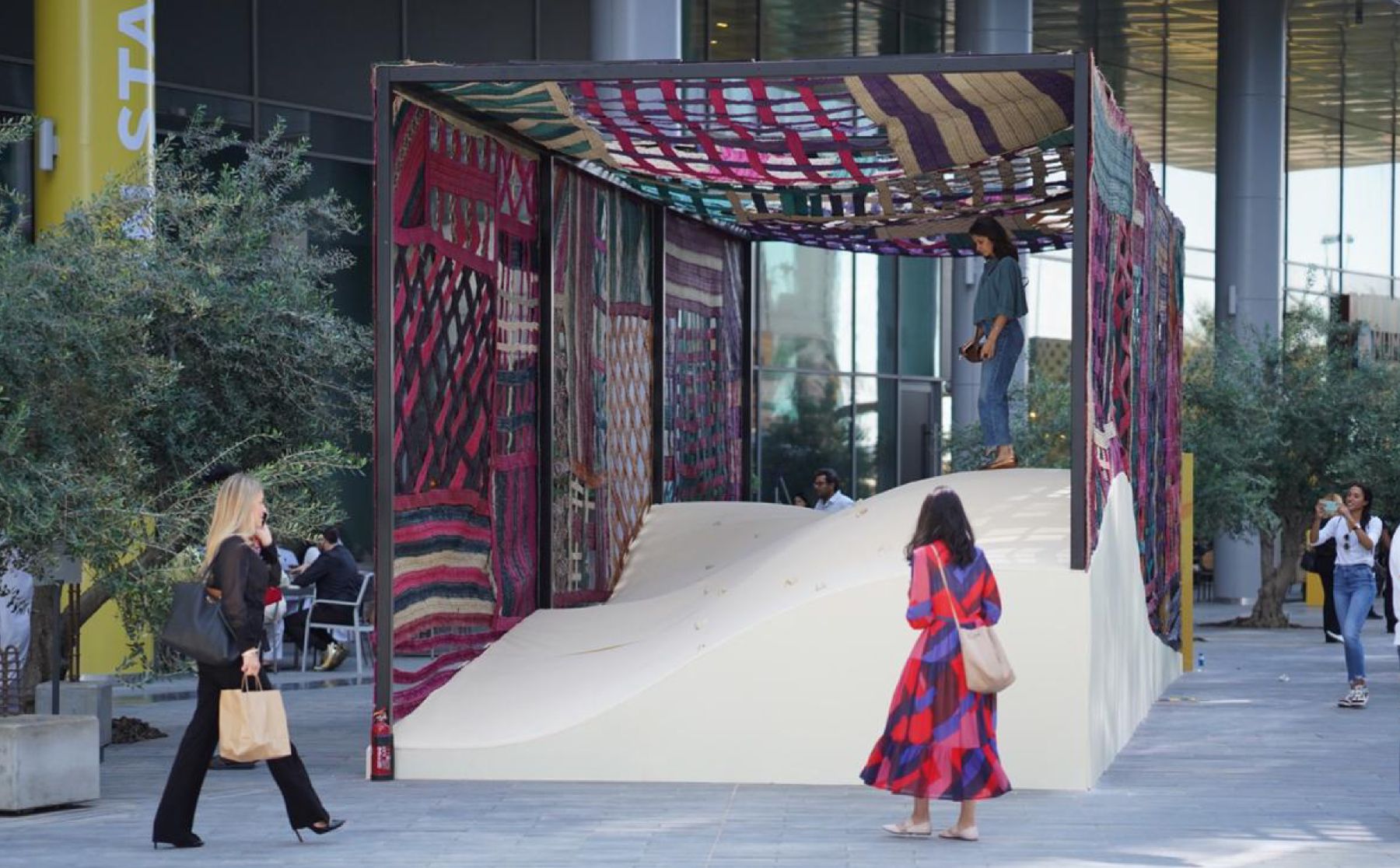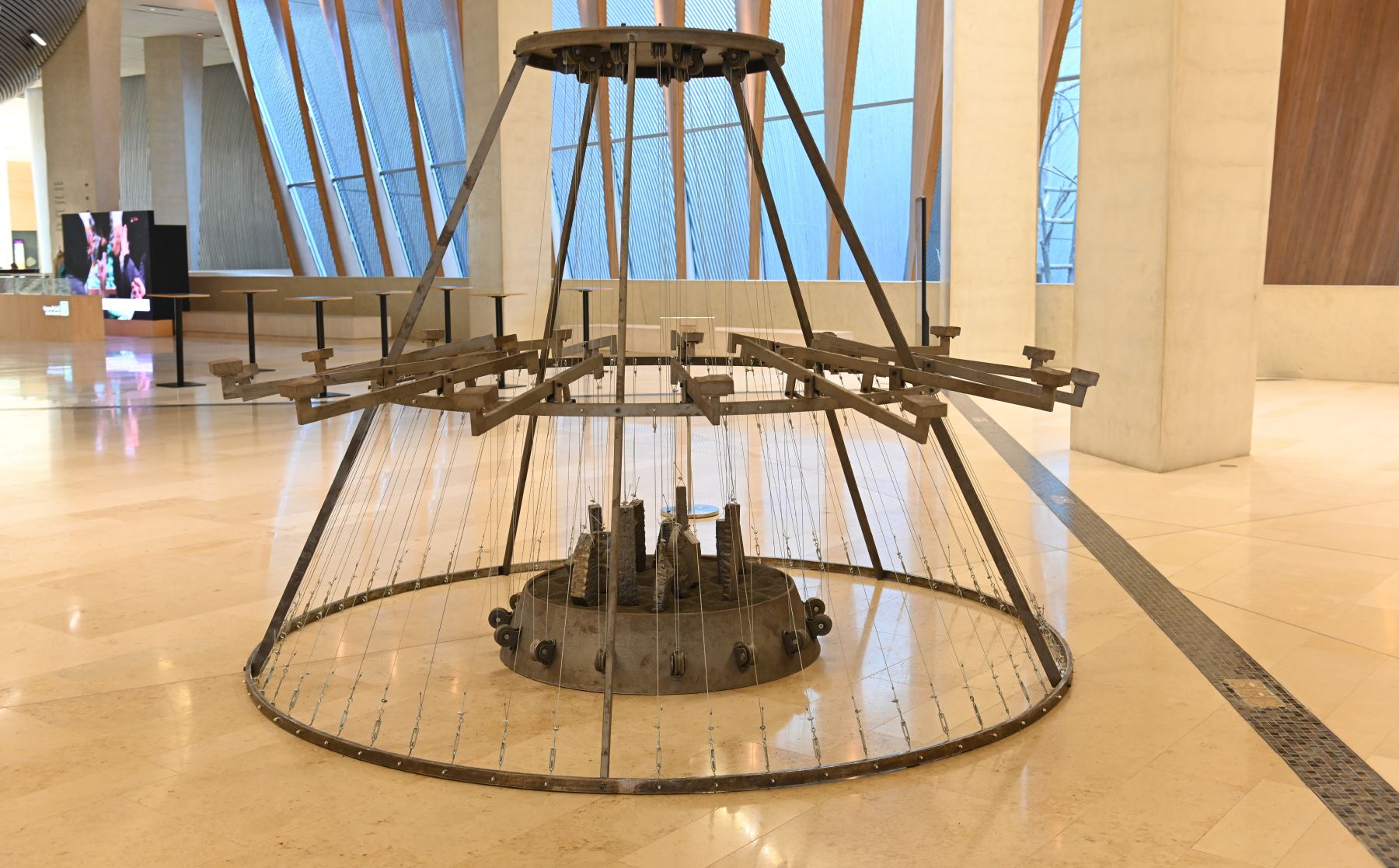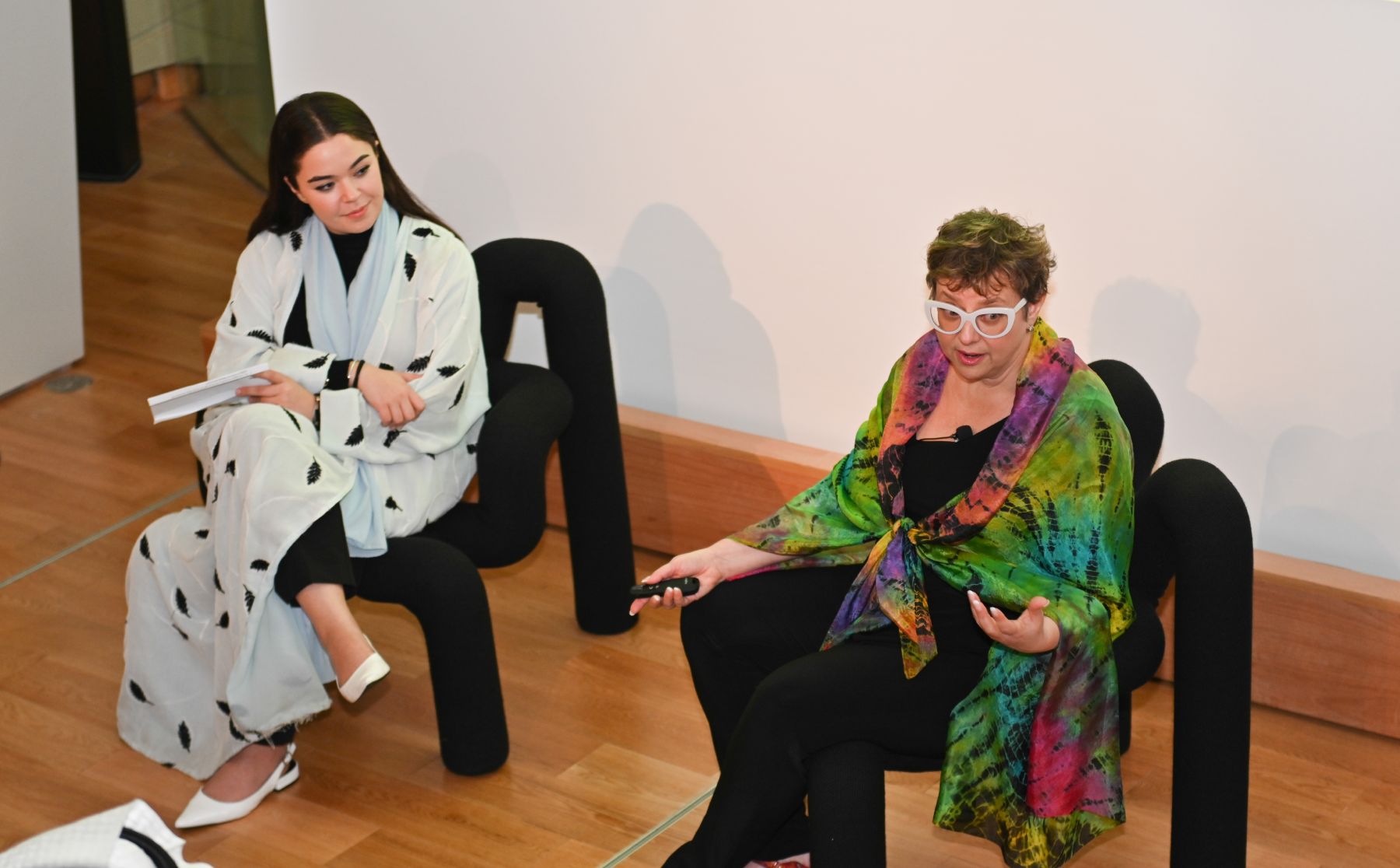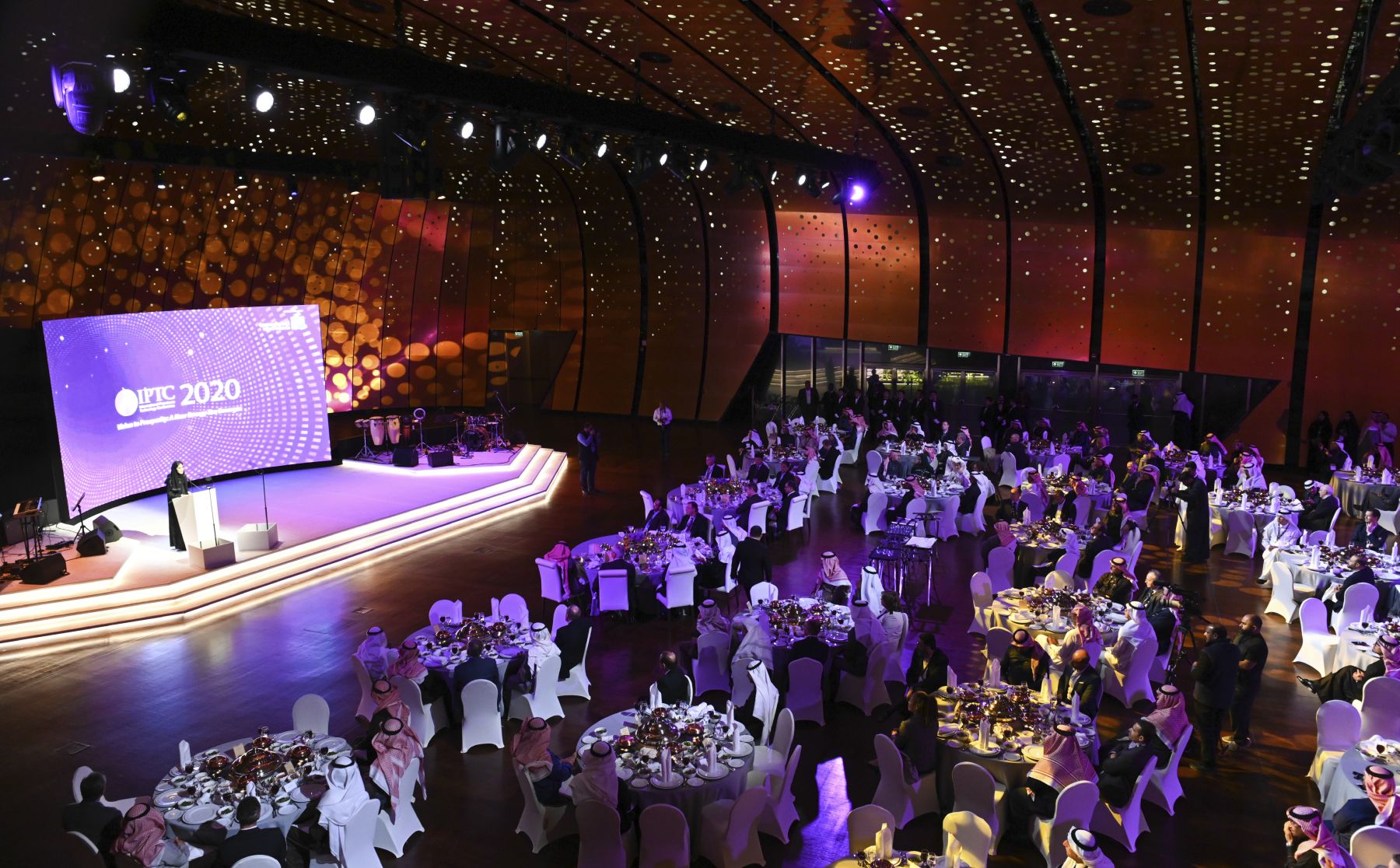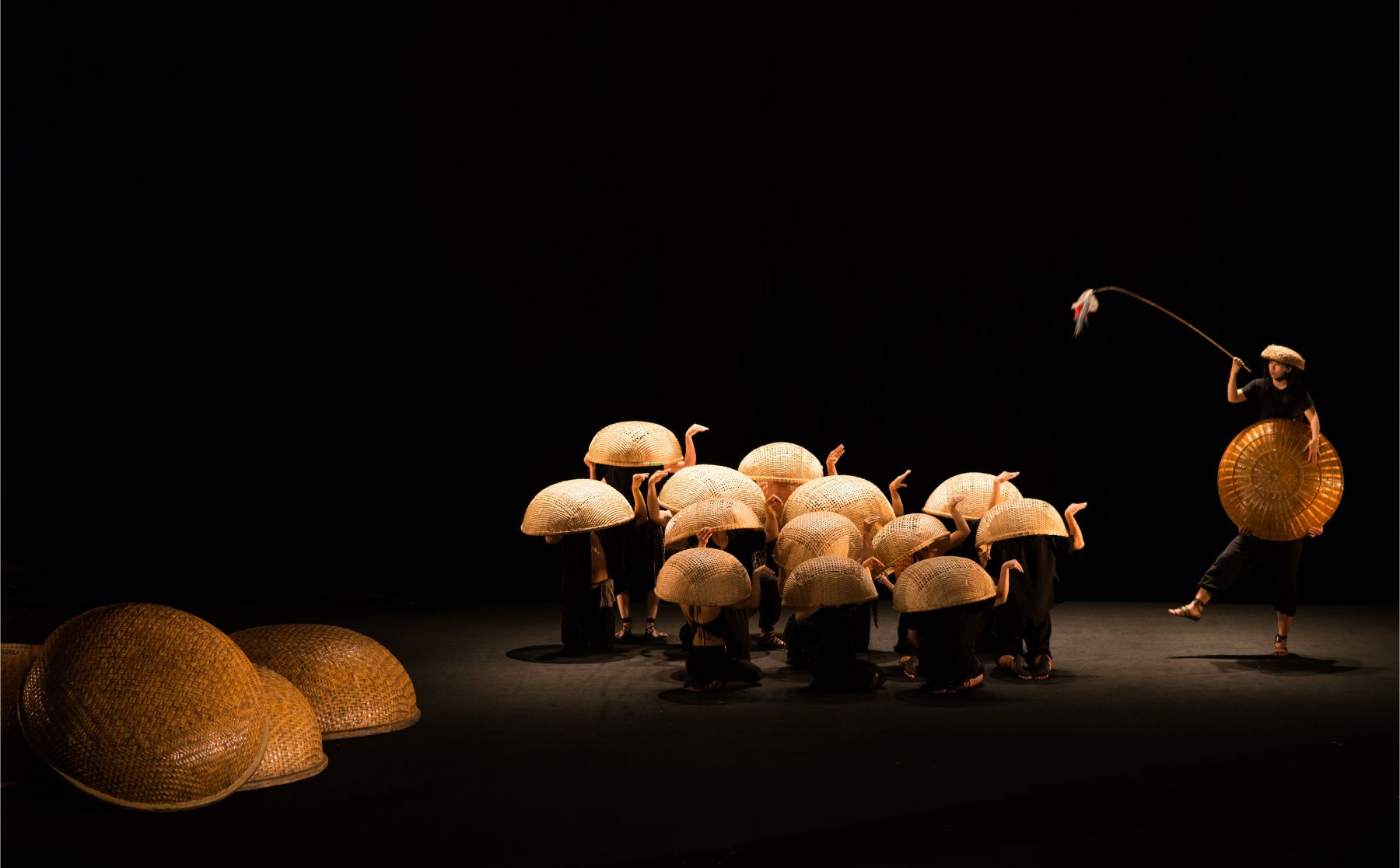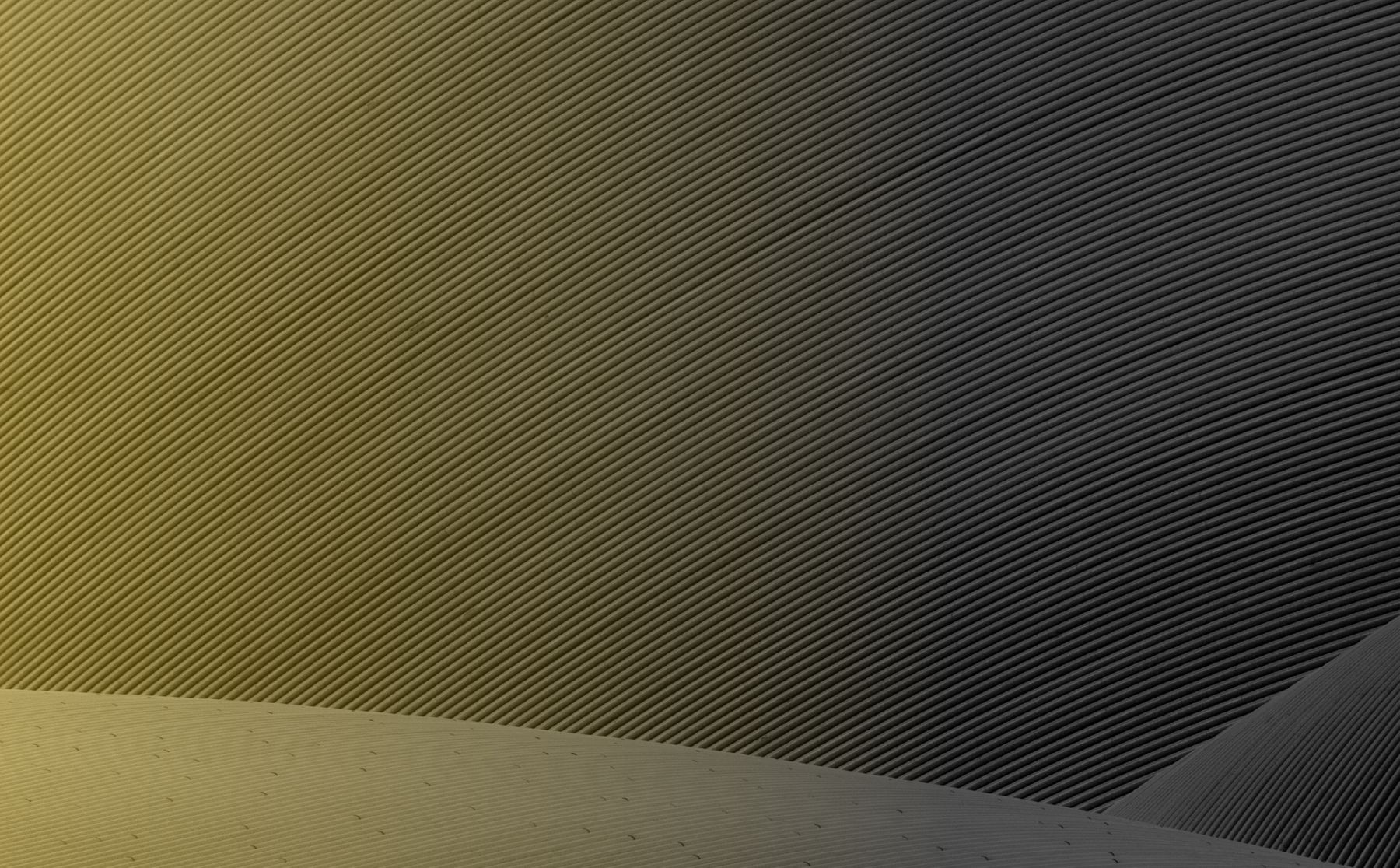“There’s a lot that’s been happening in the past couple of years within the creative industry in the region, so coming into 2020 there was so much to be excited about: so many different cultural conversations happening, different local talents being unearthed every day. That type of growth is reason to be excited.”
To Basma Al-Shathry, 2020 was shaping up to be a landmark year for Saudi artists and the Kingdom’s growing creative landscape. The start of a new decade, but also the time for art to really take off in Saudi Arabia, from a launchpad that many people, bodies and institutions both national and regional had worked collectively for many years to help build.
In her role as a curator at MISK, Al-Shathry lives and breathes the arts in Saudi. To her, “art is a form of language” – and to be in the position to help communicate that to the masses is a position she considers to be of immense privilege.
In her view, 2020 would be marked by the explosion of Arab talent finally finding their feet locally: a stability within a historically imbalanced art scene that would allow people to project their voices and what they feel inside in a way many perhaps never could.
“To be able to create social spaces whether to support artists and creatives or to educate a younger audience and teach them is putting endless opportunities ahead of us, and that was getting me excited the most,” said Al-Shathry, recalling her thoughts on the creative industry in late 2019, heading into the new calendar year.
“And, of course, the artists themselves have so much to say. To be able to construct safe spaces for them to allow them to feel free to express themselves, offering them different ways of exhibiting their work and connecting with each other and audience, is always really exciting and fascinating.
“I feel like within the creative industry in Saudi the last year we’ve been going on a fast-track lane,” she continued. “There has been so much happening with exhibition space and the commissioning of artworks, and I think that sense of energy for the creatives was very important as it was giving them the feeling of a proactive environment that gave them a safe space for exhibiting and showcasing their creativity. It also gave them the self-confidence to push their limits forward. That notion of safety and encouragement truly helped the industry move forward, and it was pretty fast.”
As with almost everything in our lives, the wild spread of COVID-19 and the resultant global pandemic in March brought all the plans Al-Shathry had for the artists she works with and the MISK community – and her wider hopes and vision for the Kingdom’s burgeoning creative scene – to a quick halt.
Did it suck all the air out of that massive energy-based movement?
“I think the global pandemic definitely brought a lot of challenges. There are global challenges that all the creative industries are facing. The most direct negative has been the financial effect. Cultural institutes have been facing financial challenges, as have artists themselves. I have spoken to a lot of young emerging artists who have had to try as much as possible to exhibit their work and try to find collectors themselves if they’re not represented.
“Of course, a lot of efforts have been made to resolve this issue during the pandemic. A lot of institutes and galleries have tried to create projects to support the artists, whether exhibiting their work via virtual tools or platforms online. I’ve seen a lot of series of talks online that have been very helpful. Whether we have a pandemic or not, I think it’s very important to have these conversations, as it develops a more solid creative community.”
This quick reaction to the needs of artists in the Kingdom has impressed Al-Shathry the most during the three months of lockdown. The arts community that at the beginning of the year was only starting to align in the physical world across Saudi now had to assemble and organize again, but this time online.
And in that sphere, a lot of artists took the opportunity to not only learn, but to reflect too.
She said: “I think in terms of the digital presence within the pandemic, it has been both helpful but also slightly aggressive. You have a lot of artists who felt like they had to exhibit their work, but some artworks weren’t created to be digested on a digital platform.
“It has definitely been a challenge for a lot of artists and was definitely difficult to live through, but I think there have been lessons learned throughout the pandemic that will unfold in their work post pandemic. You’ve had the efforts of the cultural institutions in terms of trying to support the artists, whether in talks or through publications, which gave the artists exposure within the community. The talks helped the audience at home take a closer look at their studio. It created a more intimate dynamic. But it was also needed for everyone to take a step back and instead of being constantly producing work, instead focus on their research, and reflecting on their own work in the past and present.
“As idealistic as this sounds, I find it very poetic and beautiful for everyone to be challenged at the same time and try to connect. We have so many artists who were wrapped-up in their work dynamic and busy with their submissions that connecting with one another seemed like it wasn’t a priority. Whereas, we are building a community together, so it is very important for all of us to connect together, whether you are a curator or an artist, whether its two artists together, or galleries.”
It was this connection and reliance upon each other that, in Al-Shathry’s point of view, allowed Saudi artists to really unleash themselves and discover the true elements of their creative selves.
She explained: “The effort made in terms of connecting to one another was definitely very impressive. It gave a sense of allowing the artist to feel vulnerable. That’s important. We all know creatives constantly face challenges. But the fact the pandemic allowed artists to be more exposed with their vulnerability I found to be really helpful. As a curator, I’m definitely interested in knowing what the challenges are the artists are facing for me to help and support. That sense of vulnerability – being so easily exposed to many – I found it actually helpful for the community to understand one another and grow at the same pace.
“What is really beautiful is that a lot of the artists have been using their personal stories for their work, where they delved into their own memories and streams, allowing us to connect more to the creations we were experiencing. I found it interesting these artists delving deep into their own thought process and history.
“A lot of artists are also trying to experiment, which I think is really interesting. Most of the artists I’ve worked with are self-taught, so I think unfolding that process of them finding their different ways of expressing themselves through the medium or the methods they use is something very interesting because it’s so personal. Once you have that personality in the work, it really helps a young audience humanize the work in front of them and opens conversations around that.”
From this, Al-Shathry expects to see many new approaches from artists to their work in the future: in particular, around the topics of sustainability and maintaining the creative ecosystem in the Kingdom.
“The community thrived in terms of connecting with each other during the pandemic,” she said. “However, it did suffer financially. I think it raised a lot of questions in terms of how to make projects, activations, and anything sustainable. It is easy to get excited and launch projects, but I think it’s so important for us to take a step back and understand that what we are building just now is a foundation, an infrastructure, for generations to come. And I think the idea and notion of sustainability must always be on our minds to make sure we have proper financial plans that can actually help us if we ever face a pandemic again.”
Will digital now find a more prominent role in the creative landscape of Saudi?
Al-Shathry said: “A lot of artists face challenges exhibiting their work on digital platforms and I think that is definitely something to consider. What was great about having everything in the digital space was the focus that put on the content. People during the pandemic in isolation and quarantined at home were looking for rich content online and that’s definitely a takeaway from the pandemic, whether from an artist, a designer, a curator or an architect.
“[After COVID-19] the role of galleries here is definitely going to grow. A lot of artists are going to want to reach out to galleries because they see how important a gallery role is for them in the ecosystem. We need to make sure we are constantly fostering the conversation with creatives. It is definitely very important to have these cultural spaces alive. We can definitely be more conscious about it in terms of respecting social distancing and respecting the integrity of the space, but having physical spaces alive is very important for the cultural industry.
“I’m a big advocate of experiencing art physically and that is definitely something that I’m not willing to let go of, so I think it’s very important to look forward to a lot of cultural spaces that are going to be thriving post pandemic.”
This interview between Ithra and the interviewee is part of a series of discussions on the impact of Covid-19 and the future of the creative industry.


